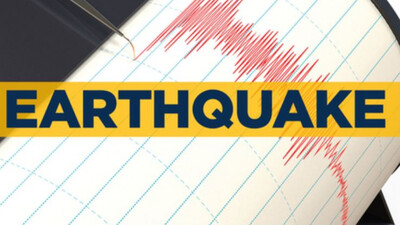Recommended Stories
Washington: In an interstellar race against time, astronomers have measured the space-time warp in the gravity of a binary star and determined the mass of a neutron star -- just before it vanished from view.
The international team measured the masses of both stars in binary pulsar system J1906.
The pulsar spins and emits a lighthouse-like beam of radio waves every 144 milliseconds.
It orbits its companion star in a little under four hours.
"By precisely tracking the motion of the pulsar, we were able to measure the gravitational interaction between the two highly compact stars with extreme precision," said Ingrid Stairs, professor of physics and astronomy at University of British Columbia.
"These two stars each weigh more than the Sun, but are still over 100 times closer together than the Earth is to the Sun. The resulting extreme gravity causes many remarkable effects," Stairs pointed out.
According to general relativity, neutron stars wobble like a spinning top as they move through the gravitational well of a massive, nearby companion star.
Orbit after orbit, the pulsar travels through a space-time that is curved, which impacts the star's spin axis.
"Through the effects of the immense mutual gravitational pull, the spin axis of the pulsar has now wobbled so much that the beams no longer hit Earth," explained Joeri van Leeuwen, astrophysicist at Netherlands Institute for Radio Astronomy and lead author.
The mass of only a handful of double neutron stars have ever been measured, with J1906 being the youngest.
It is located about 25,000 light years from the Earth.
The results were published in the Astrophysical Journal.












